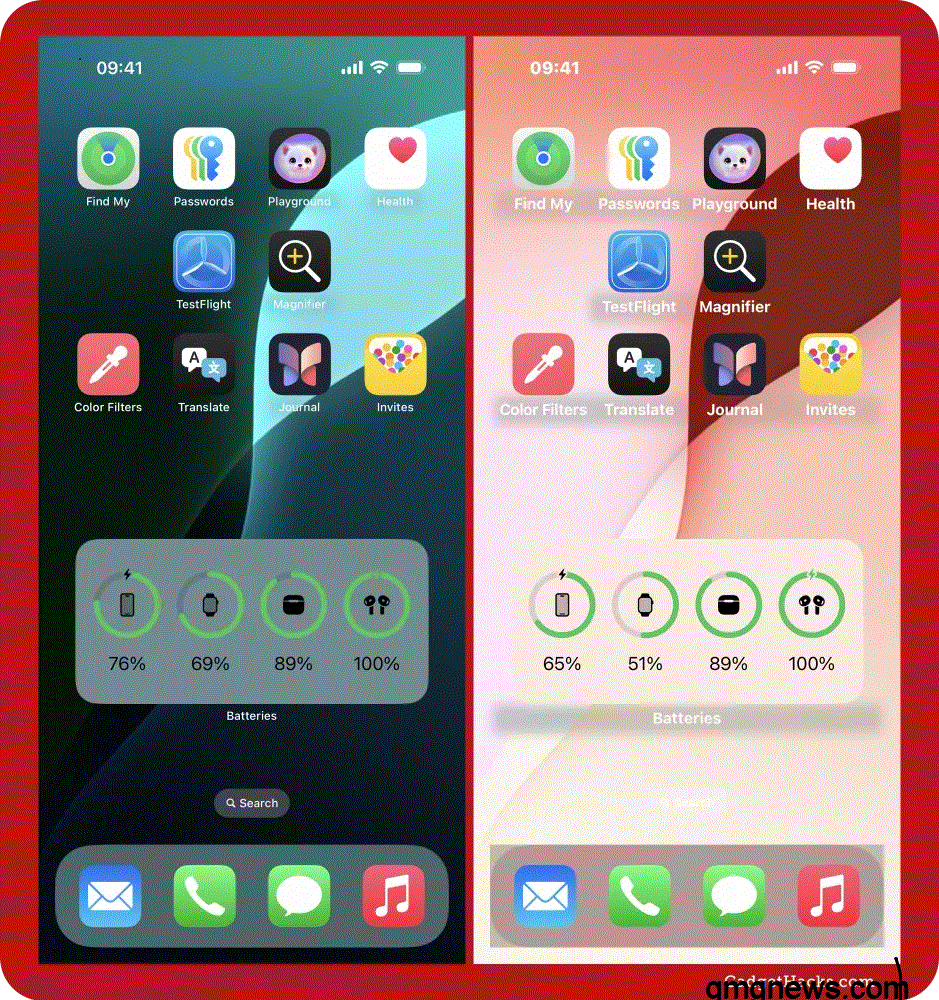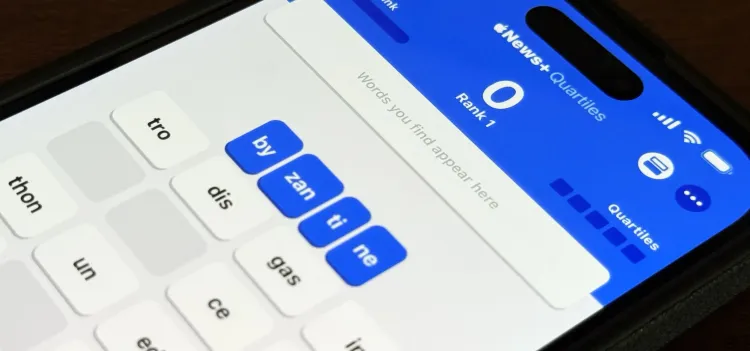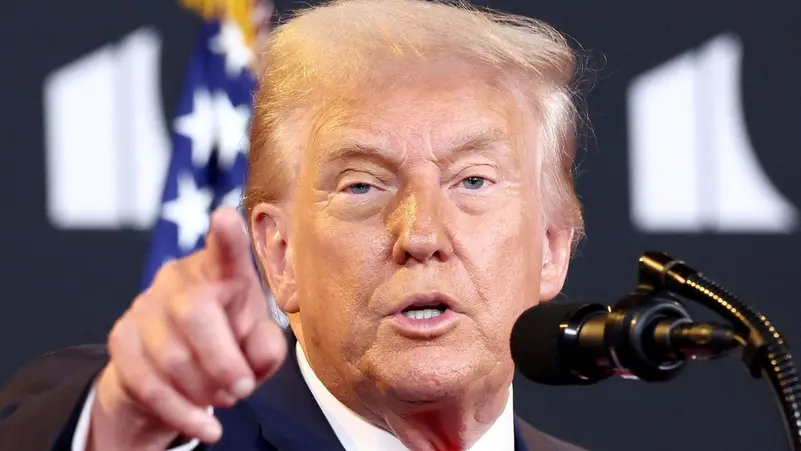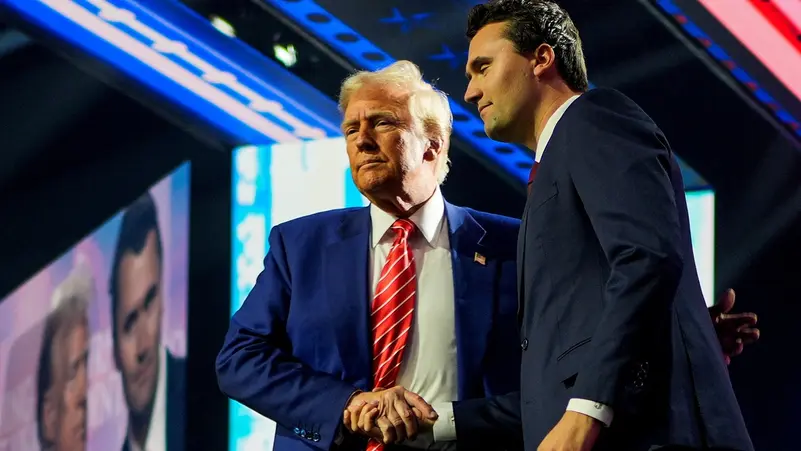Toxic Algorithms: How TikTok, X, and Facebook Destroyed American Politics?!
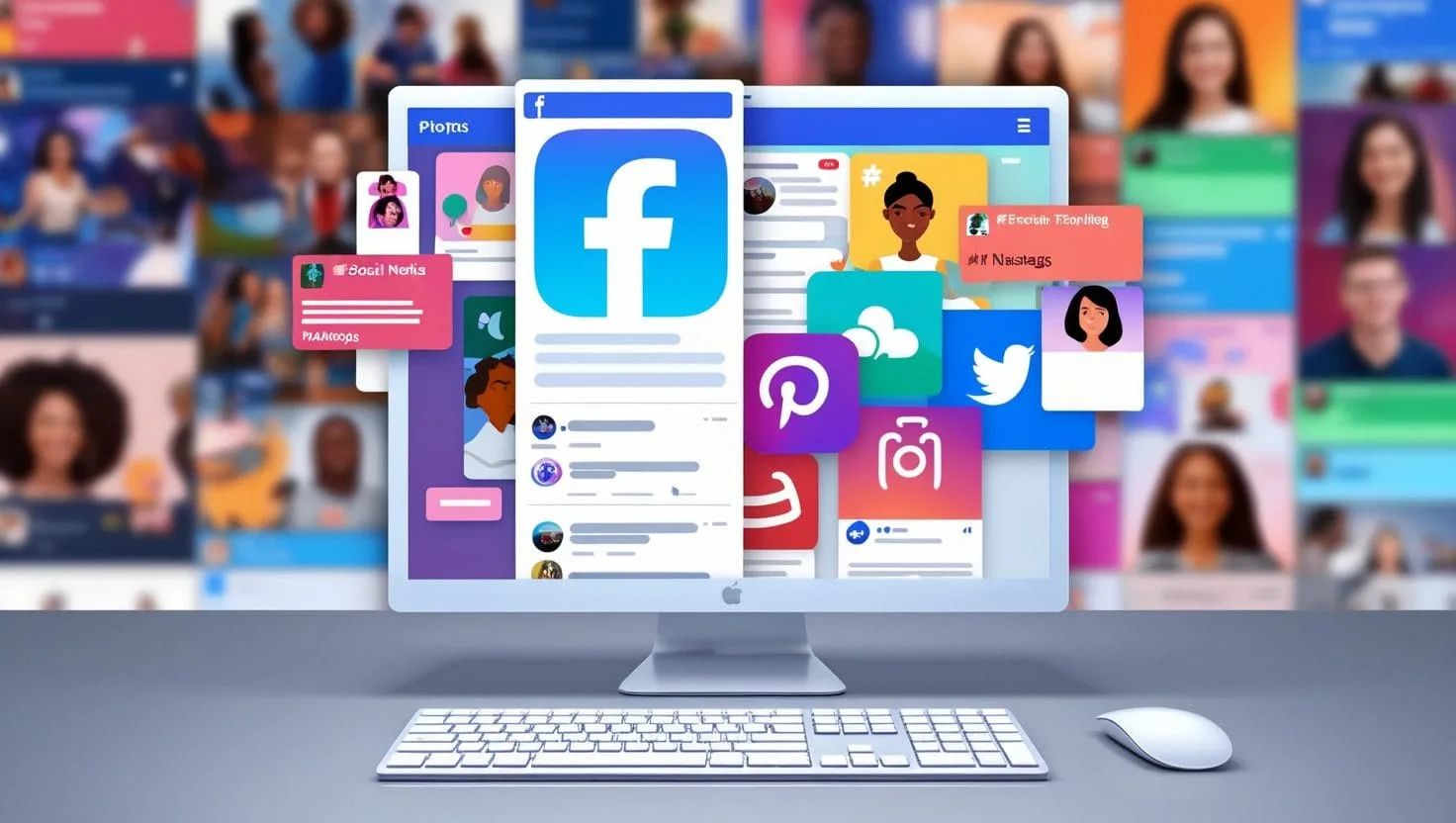
In its early days, social media seemed like a friendly and innocent force, promising to bring people together, foster communication, and share dreams and aspirations.
Over time, however, the landscape has completely changed, as most of these platforms have become tools for making money and swaying public opinion according to their political agendas. These platforms have become a powerful force capable of creating something out of nothing while simultaneously ignoring catastrophic events as if they never existed. As algorithms have evolved, the situation has become more complex, making it easier to manipulate subscribers for commercial or political purposes—a potentially devastating outcome that people may not realize until it’s too late.
One of the most notable events that revealed the influence of algorithms was the Brexit vote, where data was inflated and information was suppressed until the final result was announced. It was only too late that people discovered the extent of the lies they had believed. Let’s explore together what algorithms are and how they can have a profound impact on our lives.
What are algorithms in social media?
Social media algorithms are complex sets of rules and codes that platforms (such as Facebook, Twitter, Instagram, TikTok, and YouTube) use to determine which content appears to users in their news feed or homepage. Instead of displaying content in simple chronological order, algorithms customize each user’s experience based on their interactions and behavior.
How do these algorithms work?
Algorithms rely on an analysis of a wide range of factors, including:
Engagement:
Likes, comments, and shares: The more engagement a post has, the more relevant and relevant the content becomes to the algorithm, increasing its reach.
Watch/Pause Time:
On platforms like TikTok and YouTube, the time a user spends watching a video plays a significant role in determining its success.
Interest:
Algorithms create a digital profile for each user based on the content they have previously engaged with (likes, views, and searches). It then displays content similar to what the user has previously shown interest in, with the goal of maintaining their engagement on the platform.
Relationships:
Algorithms prioritize content from people or pages the user regularly interacts with (close friends, family, pages they follow a lot).
Freshness:
Algorithms often favor newer and more recent content, especially on platforms focused on news or current events, such as Twitter (X).
Content Type:
Algorithms consider the type of content the user prefers (images, videos, links, text). The more videos the user engages with, the more they will be shown.
User Behavior on the Platform:
Algorithms also track the time the user spends on the platform, the types of devices they use, and even the times of day they are active.
In short, these algorithms act as intelligent “gateways” that determine what you see, shape your online experience based on your interactions and interests, and continually strive to increase your engagement on the platform.
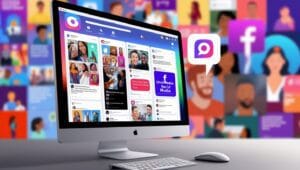
How have algorithms affected American politics?
Algorithms have had a significant impact on American politics, with both positive and negative aspects:
Amplifying Political Polarization:
- Filter Bubbles and Echo Chambers: Algorithms tend to display content that aligns with a user’s preconceived opinions and beliefs. This creates “filter bubbles,” where users are exposed to information and news that only confirm their views, and “echo chambers,” where users hear echoes of their thoughts from people who share their views.
- Reinforcing Biases: When users only see content that supports their beliefs, it reinforces their biases and makes them less receptive to opposing views, further polarizing political factions in the United States.
- Amplifying Controversial or Emotional Content: Since algorithms are designed to increase engagement, they tend to favor content that evokes strong emotions, whether anger, fear, or excitement. This leads to the amplification of controversial or controversial content, which intensifies political discourse and makes it more difficult to reach compromise or understanding.
Impact on Election Campaigns and Voter Behavior:
- Microtargeting: Algorithms allow political campaigns to target specific categories of voters with tailored messages based on their personal data and online behavior. This means that a candidate may send completely different messages to different groups, potentially leading to misinformation or manipulation. For example, in the 2016 US presidential election, the Trump campaign allegedly used microtargeting to reach key swing voters.
- Spreading Misinformation and Fake News: Algorithms can significantly accelerate the spread of misinformation and fake news, as they are often designed to be interesting and emotionally compelling, making them more susceptible to algorithmic engagement and spread more quickly than facts. This poses a serious challenge to democracy, as voters find it difficult to distinguish fact from fiction.
- Impact on Political Participation: Algorithms can influence political participation by determining the content users view, which impacts their understanding of issues and candidates. Algorithms can encourage engagement by displaying exciting content, or discourage it by flooding users with negative or discouraging information.
Changing the Nature of Political Discourse:
- Extremism and Radicalization: As mentioned in the previous paragraph, some argue that Twitter, for example, has become a battleground for political disagreement, and that the most popular views often emanate from extremists, creating a “radicalization effect” and reinforcing the discourse.
- Transparency vs. Manipulation: While social media provides a platform for open diplomacy and direct engagement with the public, reliance on algorithms can make this engagement less transparent and more susceptible to manipulation.
Trump’s Transformative Relationship with Social Media: From Tool to Enemy
Initially, social media, specifically Twitter, was a key tool and a crucial strategy for Donald Trump. Before his presidential bid and during his 2016 campaign, Trump used Twitter with unparalleled skill:
Bypassing traditional media: Twitter enabled him to communicate directly with millions of followers without having to go through the traditional media “gateway,” which he perceived as biased against him.
Building a fan base: He used the platform to build and mobilize a loyal fan base, taking advantage of the immediate and direct nature of interaction.
Disseminating his messages: He was able to spread his political messages, attack his opponents, and respond to criticism in his distinctive, often controversial and attention-grabbing style.
Sparking debate: His tweeting style sparked widespread discussion, ensuring he remained in the news and attracted even more attention.
The Turning Point: The Beginning of Hostility
Trump’s hostility toward social media platforms became more pronounced as tensions between him and these platforms escalated, especially after these platforms began implementing stricter content moderation policies and labeling or removing his posts.
2020 and the Capitol riots in January 2021 marked a major turning point:
- Content policy enforcement: Platforms like Twitter and Facebook began labeling Trump’s tweets deemed misleading, particularly regarding the results of the 2020 presidential election or the COVID-19 pandemic.
- Charges of censorship and bias: Trump responded to these actions by accusing these companies of “censorship” and “bias” against him and conservatives in general, claiming that they interfered with freedom of expression.
- Executive order against social media companies: In May 2020, Trump signed an executive order aimed at protecting social media companies from legal liability for content posted on them (Section 230 of the Communications Decency Act), threatening to revoke these protections if they continued to “surveill” users.
- Permanent Ban: The hostility peaked after the events of January 6, 2021, when Trump was permanently banned from Twitter (and later from Facebook and Instagram for a period) for “inciting violence.”
After this ban, the tables turned:
Social media, once his most effective tool, became a symbol of what he perceived as “technological censorship” aimed at silencing him. This later prompted him to launch his own platform, Truth Social, as an alternative promoting so-called freedom of expression.
Also read:
- brain-computer-interfaces-when-telepathy-becomes-a-technological-reality
- will-tiktok-go-bankrupt-after-the-new-us-decisions
- from-love-to-deportation-the-tangled-saga-of-elon-musk-and-donald-trump

